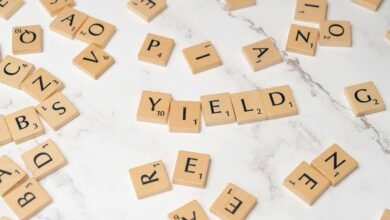Snapinista: Analisando o Impacto das Imagens no Processo Judicial

The interplay between visual evidence and courtroom proceedings warrants careful scrutiny. Images can significantly influence juror perceptions and emotional responses. This phenomenon raises questions about the integrity of judicial outcomes. Additionally, the impact of social media complicates these dynamics further. Understanding how these factors converge is essential for grasping the broader implications for the legal system. What remains unclear is the extent to which these influences might alter the course of justice itself.
The Role of Visual Evidence in Courtroom Proceedings
Although the use of visual evidence in courtroom proceedings remains a contentious topic, its impact on juror decision-making is increasingly recognized.
Visual persuasion through photographs can enhance the credibility of evidence presented, serving to clarify complex information. Jurors often perceive photographic credibility as an authoritative source, potentially influencing their judgment.
Thus, visual evidence plays a crucial role in shaping courtroom outcomes and narratives.
Emotional and Cognitive Effects of Images on Jurors
When jurors encounter images during trials, the emotional and cognitive responses elicited can significantly influence their deliberations and verdicts.
Emotional bias may distort jurors' perceptions, leading to decisions based on feelings rather than facts.
Furthermore, cognitive processing of visual evidence can facilitate or hinder comprehension, shaping jurors' understanding of the case.
Thus, images wield considerable power in judicial outcomes.
The Influence of Social Media on Judicial Outcomes
As social media platforms increasingly permeate daily life, their influence on judicial outcomes has become a topic of significant concern.
The dissemination of information and public opinion via these platforms can exacerbate judicial bias, affecting juror perceptions and potentially skewing verdicts.
This phenomenon raises critical questions about the integrity of the judicial process in an era where social media shapes narratives and influences public sentiment.
Conclusion
In conclusion, the intricate tapestry of visual evidence within the judicial process weaves together emotional resonance and cognitive interpretation, shaping jurors' perceptions like a painter's brush on canvas. As images evoke visceral reactions, they can distort the clarity of justice, complicating the path to truth. Furthermore, the pervasive influence of social media acts as a double-edged sword, amplifying narratives that may cloud judicial outcomes. A critical examination of these dynamics is essential to uphold the integrity of the legal framework.




